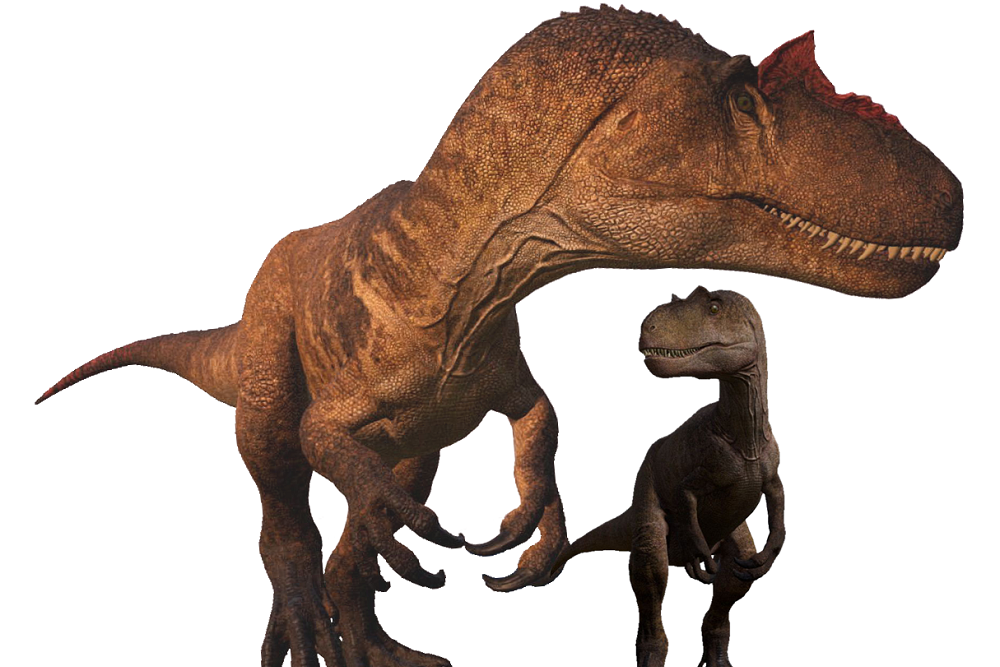Scientists have recently discovered the skull of the earliest known species of Allosaurus with exciting revelations. The unique dinosaur was regarded as the main predator at the top of the dinosaur food chain millions of years ago before the arrival and domination of Tyrannosaurus rex.
The dinosaur lived in what is currently known as western North America during the Late Jurassic Period between 152 and 157 million years ago.
Its name translates from Greek to mean “different reptile.” The species name is reportedly in honor of the late Utah State paleontologist James Madsen Jr.
Professor Madsen popularly known for excavating and studying thousands of Allosaurus bones helped recover numerous fossils from the Cleveland-Lloyd Dinosaur Quarry in Utah.
The new species, Allosaurus Jimmadseni, has been revealed at the Natural History Museum of Utah, home to the world’s largest collection of Allosaurus fossils.
Discoveries about the new species were published in the journal PeerJ recently.
The fossil was initially found by the University of Nebraska, Omaha professor George Engelmann at Dinosaur National Monument Park, on the border between Colorado and Utah, in 1990.
A skeleton was missing a key feature, the Allosaurus skull, when it was first recovered. Then, in 1996, Ramal Jones, University of Utah radiologist found the Allosaurus skull using a radiation detector, because the skull itself was radioactive.
According to researchers at the Houston Museum of Natural Science, this isn’t unusual because fossils are in the ground along with radioactive elements found in soil and rocks.
About the Allosaurus skull
The unique dinosaur was first discovered and described in 1877. The discovered species has unique features compared to the allosauroids that followed.
The dinosaur had a short, narrow skull that was weaker and had less overlapping vision than Allosaurus Fragilis, a later Allosaurus and the state fossil of Utah. Fragilis came on scene five million years later as a younger cousin.
The dinosaur also had a long tail, legs, and arms, along with three sharp claws. Its fearsome face included crests that extended up from horns in front of its eyes down to the nose.
The Dinosaur National Monument employees stated it took seven years for the bones to be prepared and assembled.
Also, the museum noted the rock containing the skeleton was so heavy that explosives were used to remove it in a 5,952-pound block.
Researchers unique discovery
The study of the dinosaur, according to Mark Loewen, co-lead study author and research associate at the Natural History Museum of Utah, revealed that unlike previously thought there were more than one species of Allosaurus in Jurassic North America.
Loewe explained the skull of Jimmadseni is more lightly built than its later relative Fragilis. This he noted suggests a different feeding behavior between the two dinosaurs.







